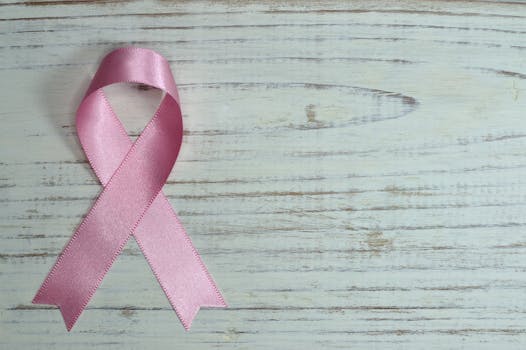Understanding Non-Melanoma Skin Cancer
Non-melanoma skin cancer (NMSC) is the most common form of cancer in the United States, with millions of cases diagnosed each year. Unlike melanoma, which is more aggressive and can spread to other parts of the body, non-melanoma skin cancers, primarily basal cell carcinoma (BCC) and squamous cell carcinoma (SCC), are generally less dangerous but can still lead to significant health issues if left untreated. Understanding the risk factors associated with NMSC and implementing effective sun protection measures is crucial for prevention.
Risk Factors for Non-Melanoma Skin Cancer
Several factors can increase an individual’s risk of developing non-melanoma skin cancer. These include:
- Ultraviolet (UV) Radiation Exposure: The primary risk factor for NMSC is exposure to UV radiation from the sun or artificial sources like tanning beds. Studies show that individuals who have had significant sun exposure, especially during childhood, are at a higher risk.
- Skin Type: People with fair skin, light hair, and light eyes are more susceptible to NMSC. According to the American Academy of Dermatology, individuals with Fitzpatrick skin types I and II (those who burn easily and tan minimally) are at a greater risk.
- Age: The risk of developing NMSC increases with age. Most cases are diagnosed in individuals over 50, as cumulative sun exposure over the years contributes to skin damage.
- Gender: Men are more likely than women to develop non-melanoma skin cancers, possibly due to greater sun exposure and less consistent use of sun protection.
- History of Skin Cancer: Individuals who have previously been diagnosed with skin cancer are at a higher risk of developing new skin cancers.
- Immune Suppression: People with weakened immune systems, such as organ transplant recipients or those with certain autoimmune diseases, are at an increased risk for NMSC.
- Geographic Location: Living in sunny climates or at higher altitudes increases UV exposure, thereby elevating the risk of skin cancer.
Statistics on Non-Melanoma Skin Cancer
The prevalence of non-melanoma skin cancer is staggering. According to the Skin Cancer Foundation, more than 3.3 million cases of basal cell carcinoma and squamous cell carcinoma are diagnosed annually in the U.S. alone. Furthermore, the incidence of NMSC has been rising over the past few decades, with estimates suggesting that one in five Americans will develop skin cancer in their lifetime. This highlights the importance of awareness and preventive measures.
Effective Sun Protection Measures
Preventing non-melanoma skin cancer largely revolves around effective sun protection strategies. Here are some essential measures to consider:
- Use Sunscreen: Apply a broad-spectrum sunscreen with an SPF of 30 or higher, even on cloudy days. Reapply every two hours, or more frequently if swimming or sweating.
- Seek Shade: Limit sun exposure, especially between 10 a.m. and 4 p.m. when UV rays are strongest. Use umbrellas or canopies when outdoors.
- Wear Protective Clothing: Long-sleeved shirts, wide-brimmed hats, and UV-blocking sunglasses can provide additional protection against harmful rays.
- Avoid Tanning Beds: Tanning beds emit UV radiation that can increase the risk of skin cancer. Opt for safer alternatives like self-tanning products.
- Regular Skin Checks: Conduct monthly self-examinations of your skin and schedule annual check-ups with a dermatologist to catch any changes early.
Conclusion
Non-melanoma skin cancer is a prevalent health concern that can be significantly mitigated through awareness of risk factors and proactive sun protection measures. By understanding the various risk factors, such as UV exposure, skin type, and age, individuals can take informed steps to protect themselves. Implementing effective sun protection strategies, including the use of sunscreen, protective clothing, and regular skin checks, can greatly reduce the likelihood of developing NMSC. As the statistics indicate, the fight against skin cancer is ongoing, and education is key to prevention. By prioritizing skin health and adopting protective measures, we can work towards reducing the incidence of non-melanoma skin cancer in our communities.
